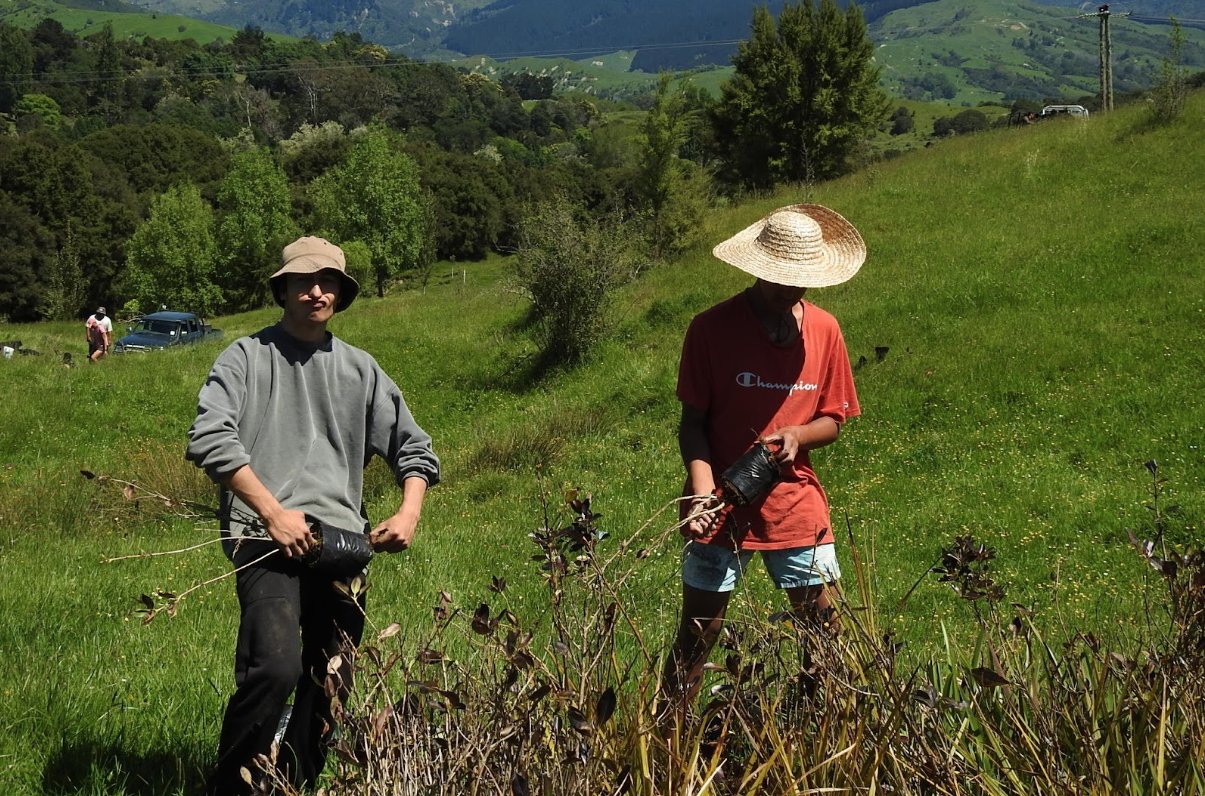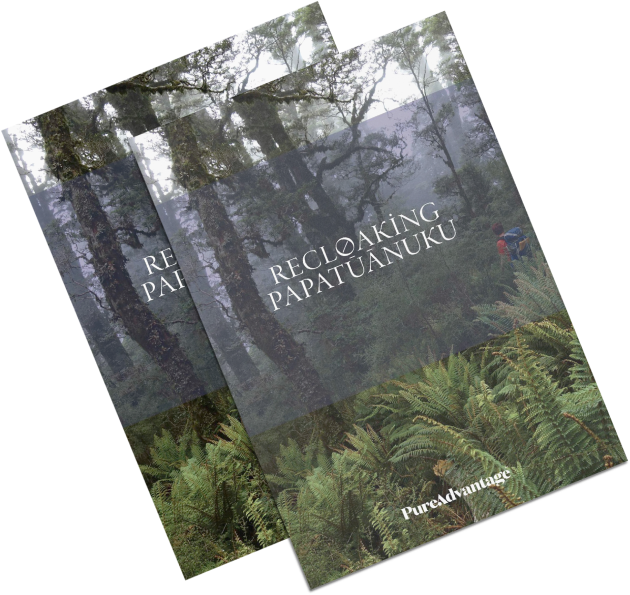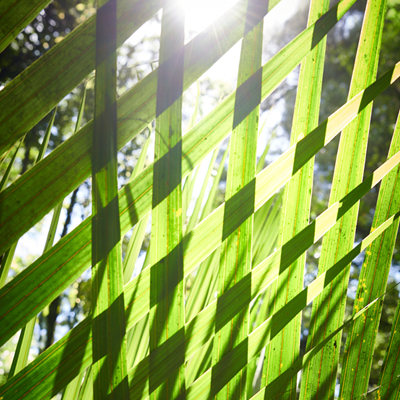But Papatūānuku still has the capacity to restore and rejuvenate her troubled lands and waters. If we let her.
And if we help her to do this, together with her children Tāne Mahuta, who presides over our forests, alongside other children who oversee the health and growth of the living in seas and in land.
To do this work, we must focus on three core principles:
Kaitiakitanga
The first is Kaitiakitanga, or guardianship, which is informed by past precedents of what our ancestors did to care for the environment around them, informed by new knowledge and technology.
Kaitiakitanga is about looking after our lands, habitats and ecosystems to preserve good forest health and human health, and to help restore natural and climate systems. It also means recognising the innate self-healing abilities of lands, waters and forests. But self-healing in many parts of our country can only happen when we help return them to their former states, or states of ecological, environmental and social balance.
Kaitiakitanga will guide what will be the right trees and the right place, recognising the vital support role of modern knowledge and tools. Our ancestral knowledge on lands, forests and trees, and on waters, ecosystems and species provides a foundational beginning for this Papatūānuku restorative pathway and economics.
Whakapapa
The second is Whakapapa. This is our term for genealogy and the layering of past, present and future goals and actions. Papa means layer. We therefore need to understand our current actions in the context of what has happened, both good and bad, and for a particular place.
We need to know that past in situ and with as much korero or information as possible. Papatūānuku is showing us the scarred landscape from slips and erosion caused by high intensity and more frequent storms. We see the charred landscape remains from fires. Once we have a good understanding of what has happened and where, as well as the damages, threats and challenges for a landscape, we are better informed and know what specifically to respond to. This is the past-present dynamic inherent in whakapapa. Then we plan for intergenerational preservation, like returning trees to their homes, to grow and to recarpet lands into forests as carbon sinks, as cultural icons, as ecological homes and as economic assets.
All of these actions, past, present and future are framed by whakapapa thinking, again helping Papatūānuku towards a restorative pathway. Whakapapa reminds us that we might need to revisit our actions and review. We might plant an idea, a tree or a whole forest. But we need to go back and check that Papatūānuku is embracing the ideas, trees and forest. If not, then we need to find out why. This is one way about how whakapapa frames our actions in kaitiakitanga.
Mauri
The third core idea is Mauri, or energy systems of and within an environment. All living things – whether it be a single species or a whole ecosystem – has an energy system or essence. Mauri changes and shifts in response to inputs. So if we see a freshwater system that is polluted, it has changed from its normal equilibrium. The same could be said in relation to a forest system if a storm or a fire has caused system damage or destruction. Change also occurs much more slowly such as when a warming climate invites new species to occupy a habitat, which may of course have dramatic consequences for existing species. In either case, new life may or may not be able to live in the changed environment.
Managing mauri means understanding the factors that have led to change and supporting the right response depending on ecological, environmental, climate, human (that is, community) factors at play. Our ancestral knowledge systems tell us about signposts of nature regarding seasonal change and environmental health. This knowledge, together with new knowledge, helps us focus on what to do, how to do it and who should be involved. Mauri is at the heart of these decisions.
These three principles – kaitiakitanga, whakapapa and mauri – must guide our solutions to the climate crisis and the injustices that envelope human and natural worlds.
Our argument is simple. Without them, actions will likely fail in the long term. It is not enough to take a simple mathematical or economic approach to solving complex, intertwined environmental, social and climate problems. This Indigenous framing will enable us to carry out an ambitious and transformative programme which focuses on the healing ability of the natural forests of Papatūānuku. We have the numbers, the economic modelling and other western science to back us up. This is our programme, Recloaking Papatūānuku.

